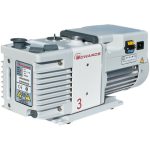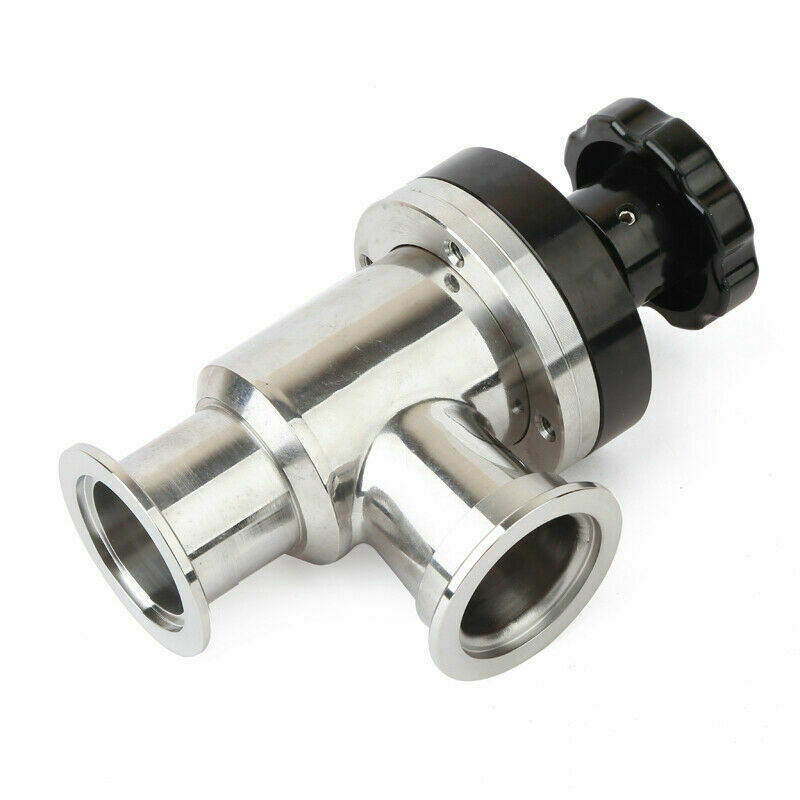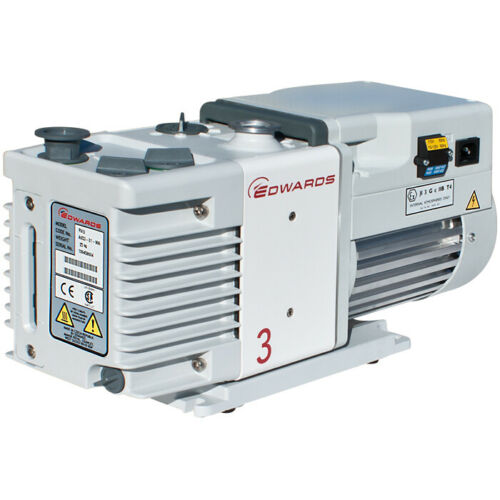
Cooling Technique of Vacuum Pump
When the vacuum pump carries out energy conversion, there is always a small part of the loss converted into heat. It must continuously radiate the heat through the motor shell and surrounding media. This process of heat emission is called cooling. Here is a brief introduction to the cooling techniques of the vacuum pump.
1、 Air cooling:
That is to say, the air inhaled by the interstage or two-stage pump is compressed and transmitted through the combined muffler with comprehensive absorption and phase difference.
2、 Internal cooling of rotor:
In order to make the vacuum pump work under a higher pressure difference, a more effective cooling method can be adopted, that is, the rotor is cooled by circulating oil, and there are oil holes and oil diameter shaft heads at both ends of the shaft of the vacuum unit, which are driven in, and then discharged from the other end through the inner wall of the rotor.
3、 Oil film cooling of rotor:
This cooling method is to connect an oil delivery pipe at the inlet of the vacuum pump, and take the heat of the rotor away with the cooling oil dropping evenly.
4、 Cooling:
Vacuum pumps produce heat due to the delivery and compression of gas, which must be transmitted from the rotor to the shell.






